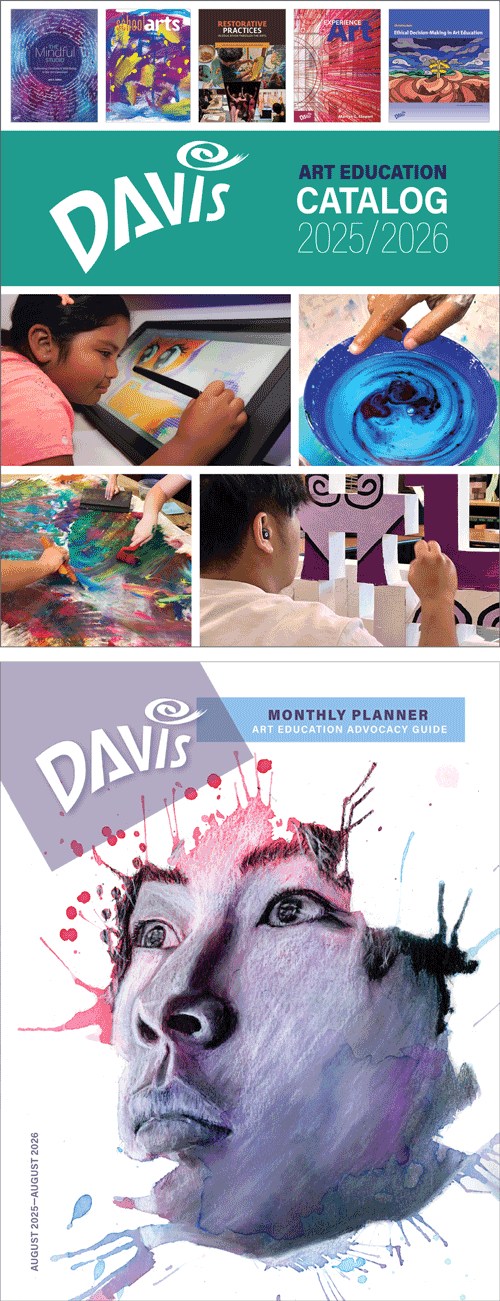An October Gem: John La Farge
John La Farge is a fascinating and multi-faceted artist in late 1800s American art. Trained in painting, he branched out into mural painting, and particularly stained glass. In fact, La Farge received a patent for his stained-glass technique in 1880, a year before Louis Comfort Tiffany (1848–1933) did for his. I admire his stained glass, but as a painter of landscapes, I really like La Farge’s Barbizon School-inspired landscapes.
 |
| John La Farge (1835–1910, United States), October, Hillside, Glen Cove, Long Island, 1860. Oil on panel, 12 ½" x 9 ½" (31.8 x 24.1 cm). © 2025 Museum of Fine Arts, Boston. (MFAB-95) |
After his 1856 visit to France, when La Farge became enraptured by the Barbizon Realist landscape artists, La Farge advocated for—as the Barbizon artists had to him—the value of painting landscapes directly outdoors. The Barbizon artists also advised the nascent Impressionist Claude Monet (1840–1926) to do the same. However, like his Barbizon tutors, he was less interested in creating pictorial illusions of landscape, and more interested in creating immediacy of effect.
October, Hillside is typical of La Farge's outdoor paintings that he produced before he visited the South Pacific and Japan in the 1890s. Like the Barbizon painters, La Farge relied on the traditional academic palette for landscapes based in yellow/green/brown colors. Works like this exhibit a loose, wispy brushwork quite similar to that seen in Impressionist landscapes, although paintings like this could never be mistaken for Impressionism.
La Farge gave numerous lectures on the glories of the Barbizon artists. One series of lectures took place at the Art Institute of Chicago, titled The Higher Life in Art in 1903. He also published a book on the Barbizon School in 1909 titled The Vital Force in Modern Art.
Although a romantic naturalism had characterized most aspects of painting through the mid-1800s, the last thirty years were characterized by a new, enthusiastic spirit of exploration of alternative modes of expression. After 1870, young American artists increasingly went to Paris to learn new painting styles rather than Rome, where Neoclassicism dominated.
American expatriate artists also studied the influence of European old masters other than the British in European museums, such as artists of the Spanish and Dutch Baroque. Impressionism, which came late to America, was only one of the European styles that influenced American painters abroad, who brought these styles back with enthusiasm. This period of American art is sometimes called the "American Renaissance.
La Farge was a leader in many aspects of late 1800s American art, including American Pre-Raphaelite, plein air landscapes, murals, stained glass, and the introduction of Asian art and influences. Born in New York, although studying law as a young man, an interest in art emerged when he visited France in 1856. There he saw and admired the work of the Realist Barbizon landscape painters, and the Romantic art of Eugène Delacroix (1798–1863). He also copied works of old masters at the Louvre, and briefly studied with the painterly Realist Thomas Couture (1815–1879).
On his way home in 1857, La Farge stopped in Britain where he came under the influence of Pre-Raphaelite artists who stressed fidelity to nature in exacting realism, and subjects from the Middle Ages and Renaissance. After returning to the US, he dropped his law studies and studied painting with the American Pre-Raphaelite painter William Morris Hunt (1824–1879).
By the 1860s, La Farge was producing brilliantly colored landscapes that he painted out of doors (en plein air), the practice of many of the Barbizon painters. He also painted floral still life works with a loose brush work that reflected the influence of Realist Henri Fantin la Tour (1833–1904). A leader in the mural art movement in American art in the 1870s, these works were characterized by an academic classicism.
Correlations to Davis programs: Explorations in Art 2E, grade 1, 4.4, 6.1; Explorations in Art 2E, grade 2, 1.4; Explorations in Art 2E, grade 4, 3.1, 3.2, 4.4, 4.5; Explorations in Art 2E, grade 6, 2.3; Experience Art 4.1; A Community Connection 2E 5.1, 5.4; A Global Pursuit 2E 7.1; A Personal Journey 2E 5.1, 5.4; The Visual Experience 4E 8.13

Comments